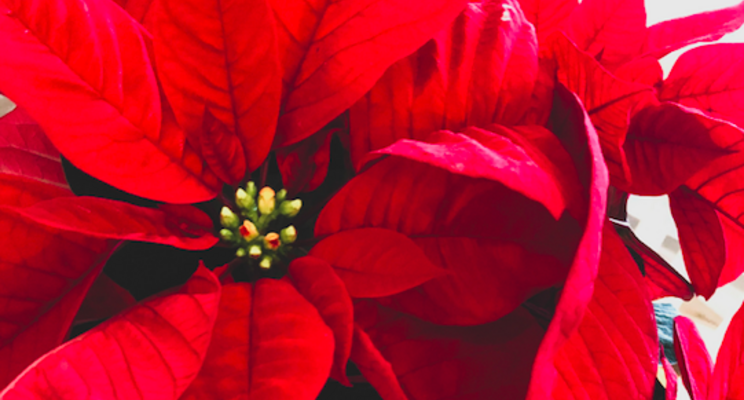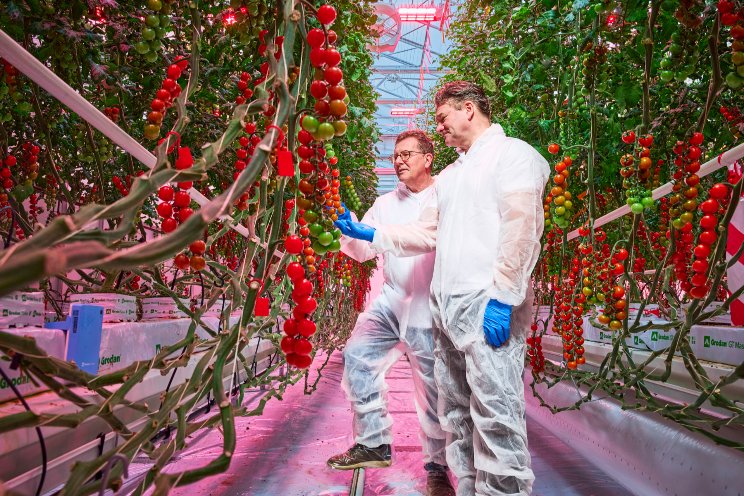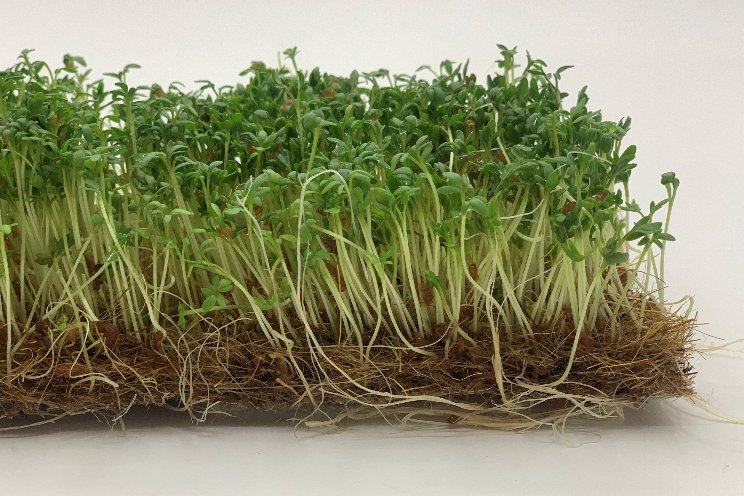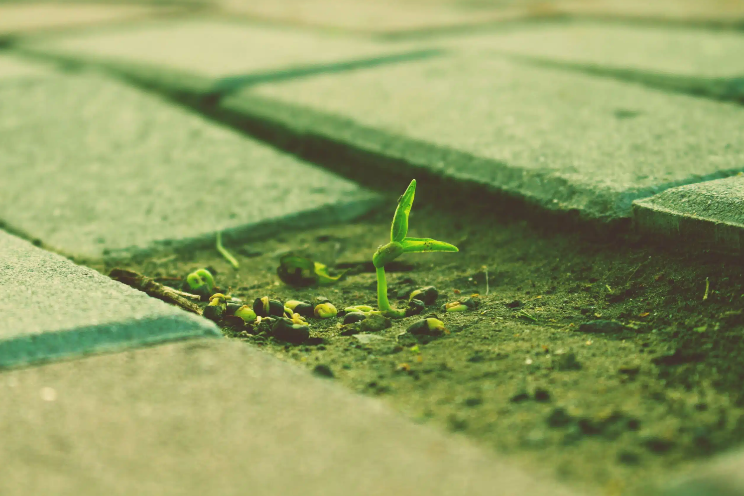Poinsettias hit hard by whiteflies this past season
Added on 24 January 2022

Whitefly pressure was much, much higher than recent years for poinsettia growers in Ontario this past season.
During a discussion at the Sawaya Gardens' poinsettia trial open house in Waterford, Ont. last November, a number of growers attested to high whitefly (Bemisia tabaci) pressure during various times this past season. Some found them in earlier weeks, others in later shipments.
For Jeffery's Greenhouses in the Niagara region of Ont., they observed at least five times as much whitefly pressure as they did in previous years while still on the rooting bench, early on in propagation. Shipments to their greenhouse were extremely spotty - some turned out to be highly infested while others were completely clean. Turning over and scouring each cutting tray, they threw out a few hundred cuttings, shared head grower Albert Grimm. Based on their initial observations from weeks 30 to 32, they ramped up their biocontrol program accordingly and spent twice as much as previous years to curb a potentially devastating whitefly problem later on in the season.
"Very early scouting using methods that are suitable to detect whitefly nymphs, long before they show up on yellow sticky cards, were crucial," Grimm said.
Of the growers who shared their methods for whitefly control, some used dips in BotaniGard and/or Kopa insecticidal soap, depending on their past degree of success with these products. However, many underscored the importance of scouting and starting a biocontrol program early on.
"If you didn't use biologicals, chances are you would have to start spraying by September then spray every week after," said Mike Short, IPM consultant and owner of Eco-Habitat AgriServices. "If you've been using biologicals all the way along, what you're doing is you're mitigating the amount of whitefly migration and intensity in the crop."
From experience, Short has found that biological control methods help keep the whitefly from spreading to different varieties in the greenhouse. Furthermore, these practices can help skew the proportion of the whitefly population towards the B-type rather than the Q-type, where the latter is resistant to most insecticidal sprays. Starting with a biological control program early on would help improve the efficacy of sprays in the fall for a final clean-up of poinsettias, if needed.
A number of poinsettia cuttings suppliers were also present, giving growers an overview of their pest management strategies used in their offshore facilities. They continuously screen for whitefly on plants, with many relying on chemical-based inputs to keep them clean.
Click here to read more.
Photo by Jessica Johnston on Unsplash
Source: Greenhouse Canada
More news















